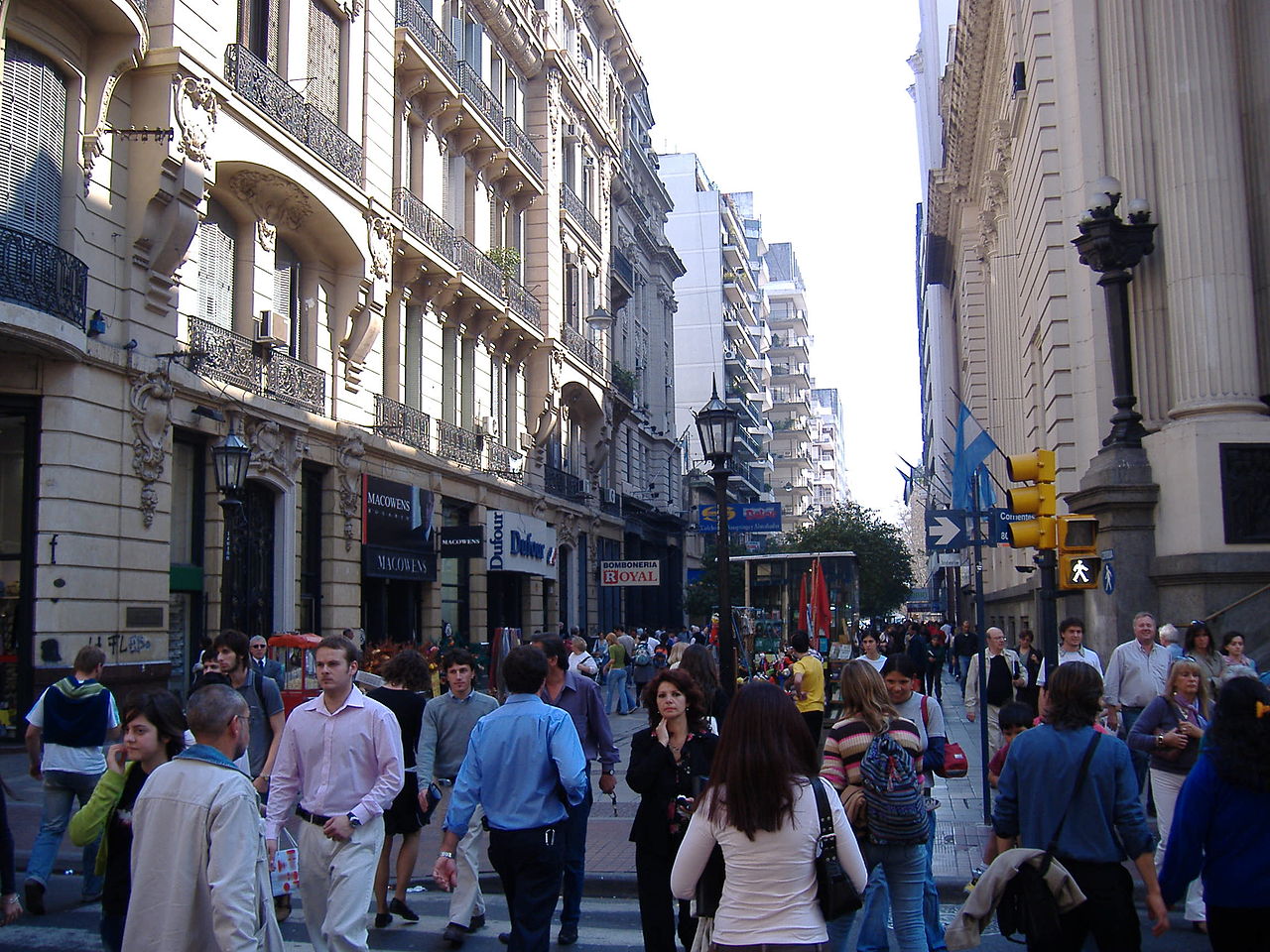The unemployment rate in Argentina increased to 9.6% in the second trimester of 2018, 0.5 points since the beginning of the year, according to the National Institute of Statistics and Census, or INDEC.
During the same trimester of 2017, between April and June, the rate was 8.7% of the economically active population in Argentina, Telesurtv reported.
Out of those percentages, 21.5% of the unemployed population is women between 14 and 29 years. Men in the same age range are the 17.3%. The unemployment rate between the first and the second trimester increased by 0.7 points, while women’s increased only 0.2%. According to official data, the underemployment rate is at 11.2%, while the rate of people actually working and demanding full employment is 16%.
This is the highest unemployment rate in the last few years, but it’s not comparable to previous decades due to changes in the measurement criteria, says a source from the INDEC.
The same institute also registered a year-over-year fall of 4.2% of the gross domestic product in the second trimester, breaking with a period of five consecutive quarterly raises.
Argentina was especially affected by a deep financial instability between April and June, added to a strong drought that affected agriculture, one of the main economic motors of the country.
The country registered its highest unemployment rate in the second trimester of 2002, when it reached 24.1% after a deep economic, political and social crisis.
Meanwhile, the Argentine peso closed 2.9% stronger on Thursday, reflecting investor optimism that the recession-hit country will strike a new standby financing agreement with the International Monetary Fund aimed at guaranteeing government solvency, Reuters reported.
The local currency traded at 38.25 to the dollar at the end of the day. It has lost about half its value this year as investors have been worried about whether Argentina could meet its debt obligations next year, prompting the government to seek support from the IMF.
An IMF spokesman said on Thursday that “important progress” was being made in talks between the multilateral lender and the government to strengthen June’s $50 billion standby deal.
Sky-high interest rates have siphoned growth in the recession-hit country, whose gross domestic product shrank 4.2% in the second quarter compared with the same period last year.
Investors said the peso got a boost from strong demand by foreign investors for a sale of government debt on Wednesday. An estimated $950 million of short-term treasury notes were sold to foreign investors, traders said. The notes were issued with an interest rate of almost 50%.


